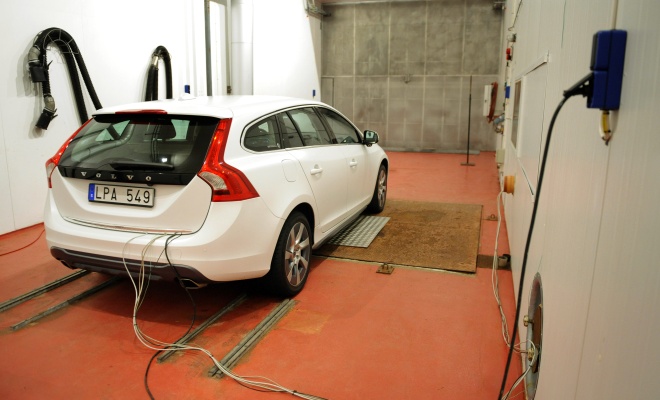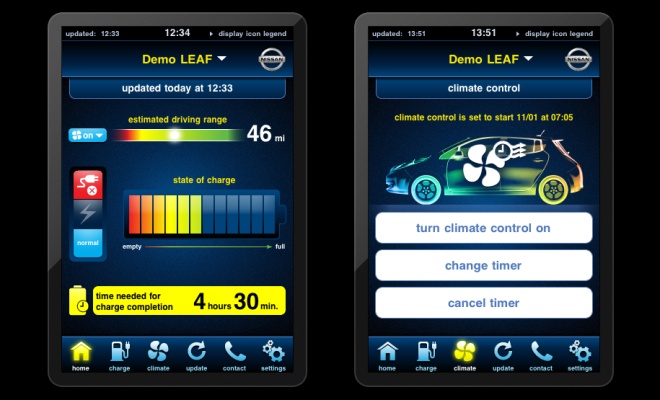
It’s winter, and I’m in Sweden. A few moments ago I lost my footing on the ice-slicked pavement, but now – most unexpectedly – I’m perspiring profusely and wouldn’t mind shedding a few layers. Welcome to the sweaty test chamber of Volvo’s climate laboratory, where it’s an unseasonal 40°C in the shade - and more to the point inside the car that’s slowly cooking me. Just breathing the air feels like drinking hot soup.
Thankfully the overhead lamps that simulate a blazing sun are switched off, to replicate a balmy evening in the tropics rather than a bit of a sorcher in Death Valley.
I’m here, oddly enough, to experience one of the unsung benefits of plug-in cars. It’s called preconditioning – controlling the climate inside the car before you climb aboard. Today we’re dealing with a sweatbox, but it could equally be a sub-zero cabin just waiting to leech the life-force from your bones.
In ordinary cars, you have to shiver or sweat for several minutes while the engine warms enough to cut through the chill, or the aircon gets to grips with the heat. But with an electric or plug-in hybrid car that’s parked and connected to the mains, there is energy on tap to adjust conditions beforehand. How pleasant to arrive and slide into a car that’s ready and waiting for you, at room temperature and with a clear windscreen, whatever the weather.

The technology is already on the market. Owners of Nissan’s Leaf electric car can download a Carwings app for their iPhone, iPad or Android device, for example. The software lets you remotely monitor the state of the battery, control when to charge it, and also lets you activate the climate control or schedule it to start at a particular time. You can then get on with your life while your mobile phone deals with the business of telling your car to get itself ready.
The facility might seem like a wasteful luxury, but it isn't. Warming or cooling the cabin of an electric car can use a lot of energy, so adjusting conditions before setting off means more battery power left for actually getting places. Volvo says pre-cooling in a hot climate can preserve seven or eight miles out of the 30 miles’ worth of energy stored in the battery of its V60 plug-in hybrid. In an extreme climate, preconditioning can make an electric car a reasonable proposition with a much smaller battery than it might otherwise need.
Back in the climate lab, we thankfully step out of the oven to monitor the car from the cool control room. Triggering the car remotely, we quickly see the aircon start to smother the 40-degree heat. Within two minutes, the dashboard vents are blasting out air at a chilly 7°C. The cabin readout steadily drops until it levels off at 21°C. The whole process takes about seven minutes.
As more and more cars start to employ hybrid powerplants, I can see this technology spreading. You don’t even have to be plugged in, as long as you have a substantial battery on board with a reasonable amount of charge. Volvo’s V60 hybrid will offer remote preconditioning even when it’s not plugged in, although it will run for a maximum of five minutes before switching off again.
Once you’ve enjoyed the benefits of preconditioning, I don’t think you would ever want to go back to burning or freezing your butt off. I once experienced the dubious pleasure of driving across Arizona and Nevada in August, which at times felt a lot like being barbecued. I can definitely see the attraction of letting the car get on with cooling down while you relax in the shade sipping iced tea.
Remote control is cool – and warm, too
10 January 2012
Read more about: electric cars Leaf Nissan Volvo



